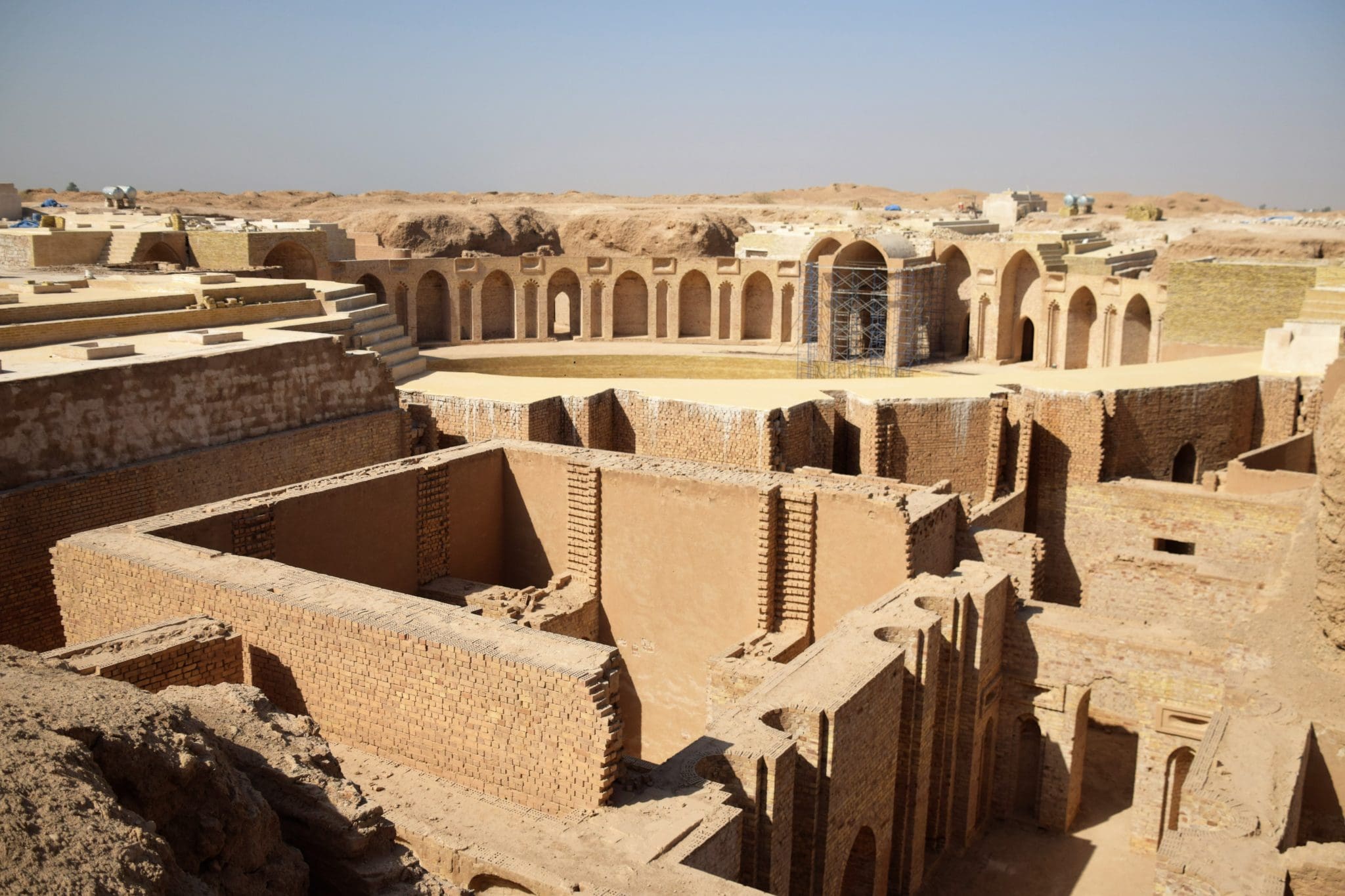Mailing List
Sign up for our mailing list to get latest updates and offers.
Iraq’s rich history cannot be condensed into a single sentence, nor into a single paragraph. With its unique, fascinating, and ever-changing events, one will need to dedicate much of their time to note down every single detail that has ever happened. Samarra is one of the cities in Iraq with an engaging and impressive history, as it used to be the capital of the Abbasid Caliphate from 836 to 892. Although briefly; it served as a major metropolis, stretching dozens of kilometres along the east bank of the Tigris, later abandoned in the second half of the 9th century, after the caliphs returned to Baghdad. One of the most prominent historical sights is Dar Al-Khalifa, a palace for the Caliph.
This piece of history is located in the northern part of central Samarra, on a natural bluff overlooking the Tigris and its floodplain. It served as the primary residence for the Abbasid Caliph al-Mu’tasim and several of his successors for a period of nearly fifty years during the middle of the ninth century/third century AH. Construction began on the site circa 836/221 AH. Aside from its importance as an imperial palace, Samarra’s Dar Al-Khalifa is of double significance as one of the largest and most extensively excavated Abbasid palaces, although only a tiny fraction of the site has been uncovered
.
Mu’tasim commissioned the complex, as part of his palatine city that included barracks for the army, administrative bureaus, horseracing courses, grand avenues, and a congregational mosque.
During its period of imperial occupation, changing functions, tastes, and general maintenance required renovations and alterations to the building’s form. By 892/279 AH, the court ceased to reside at the Dar Al-Khalifa of Samarra, having returned to Baghdad under the caliph al-Mu‘tadid. The occupation history of the building after this point is unclear and needs further archaeological research, but there is no indication in the historical sources at least that the Abbasid court continued to reside in or upkeep the complex after 892/279 AH. The Dar Al-Khalifa of Samarra is many times larger than other early Islamic places and is really a complex of palatial buildings grouped together.
Remains (which is partly reconstructed) of the Large Serdab or Birka Handasiyya, a sunken hall around a large circular pool, inside the Dar Al-Khalifa palace (around or after 836) can be viewed as well.
